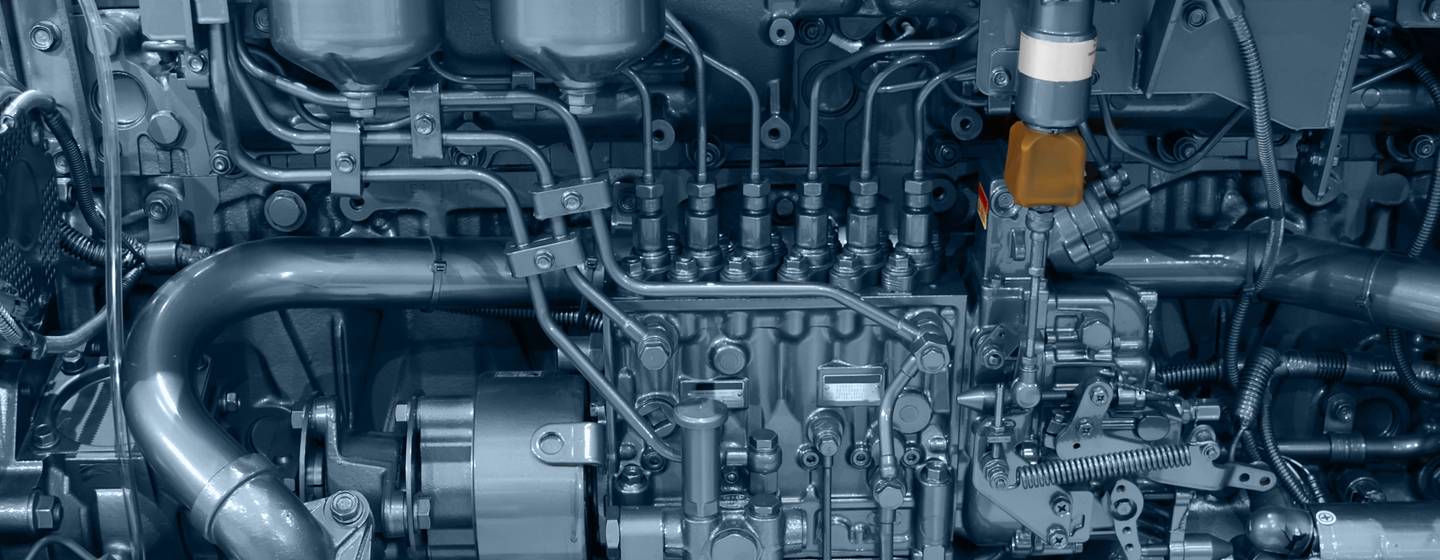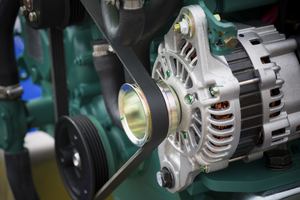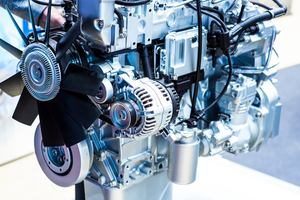Selecting the right engine for your yacht type can sometimes be a complete headache. In this handy guide, we'll explain the entire decision-making process, ensuring you end up with the correct propulsion system for your vessel.
- How to Choose the Correct Engine
- Is the Standard Engine the Right Option?
- Single or Twin Engine?
- How Much Power do you Need?
- Cruising Speed
- Performance Ranges for a 15m Planing Yacht
- Should I Choose a More Powerful Engine Option?
- Power-to-Weight
- Fuel Efficiency
- Value for Money
- Local Support Networks
- Resale Value
How to Choose the Correct Engine
- Does the standard engine meet your performance requirements?
- Is the engine manufacturer supported (in terms of servicing and maintenance) in the yacht's normal operating area?
- How does the power-to-weight ratio differ between engines?
- How do fuel efficiency ratings compare between different engines?
- Do the more expensive optional engines deliver enhanced performance?
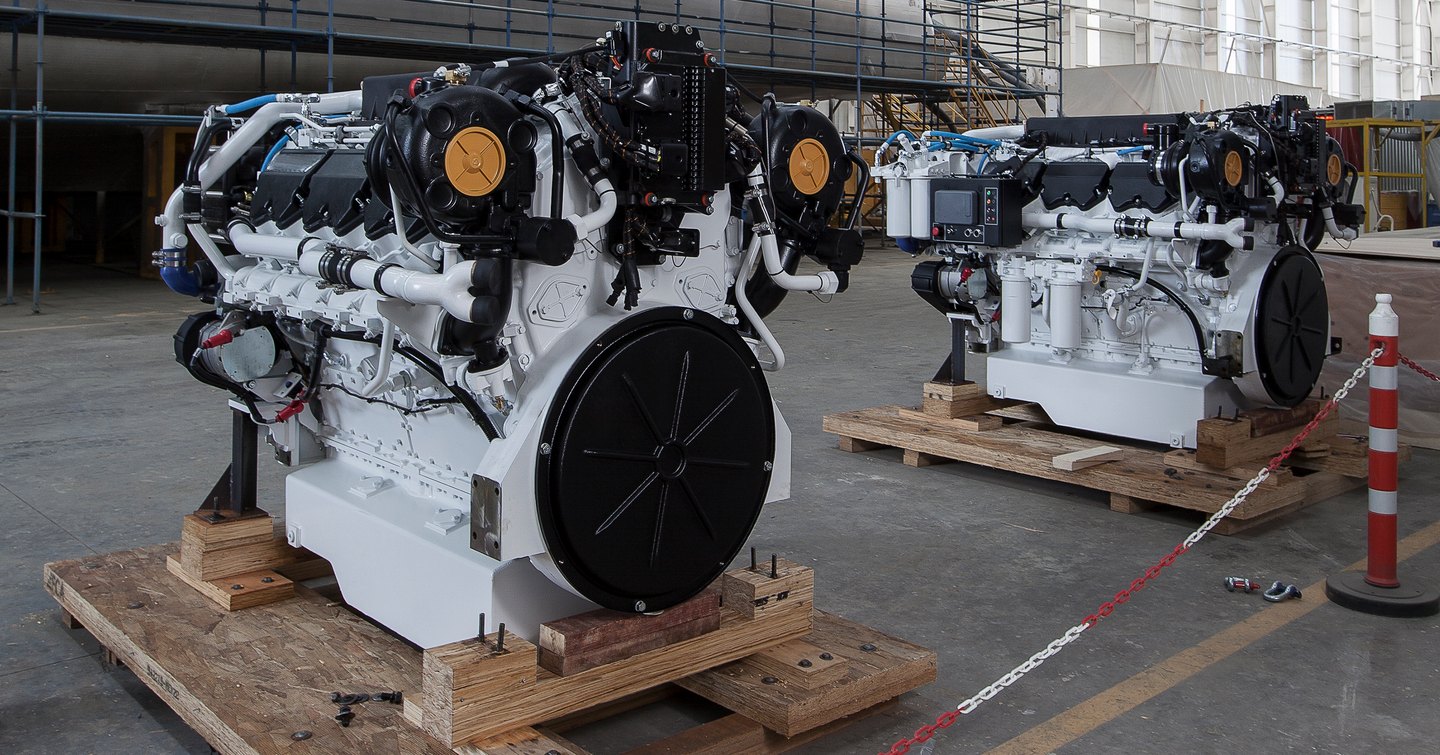
Is the Standard Engine the Right Option?
Every motor yacht will be equipped with a specific engine as standard, but what if there are alternative engine options to choose from?
Often, yacht manufacturers will offer both a standard engine and an uprated version which usually delivers more horsepower for an increased cost.


Single or Twin Engine?
In addition to engine type, there may also be the option of a single or a twin-engine setup.
A single-engine is usually better suited for use inland or inshore and is often cheaper to operate, delivering improved efficiency and lower maintenance costs when compared to a twin-engine installation.
A twin-engine configuration is commonly found onboard yachts over 10m, offering maneuverability, additional power and speed, and reassurance if one of the two engines were to break down.
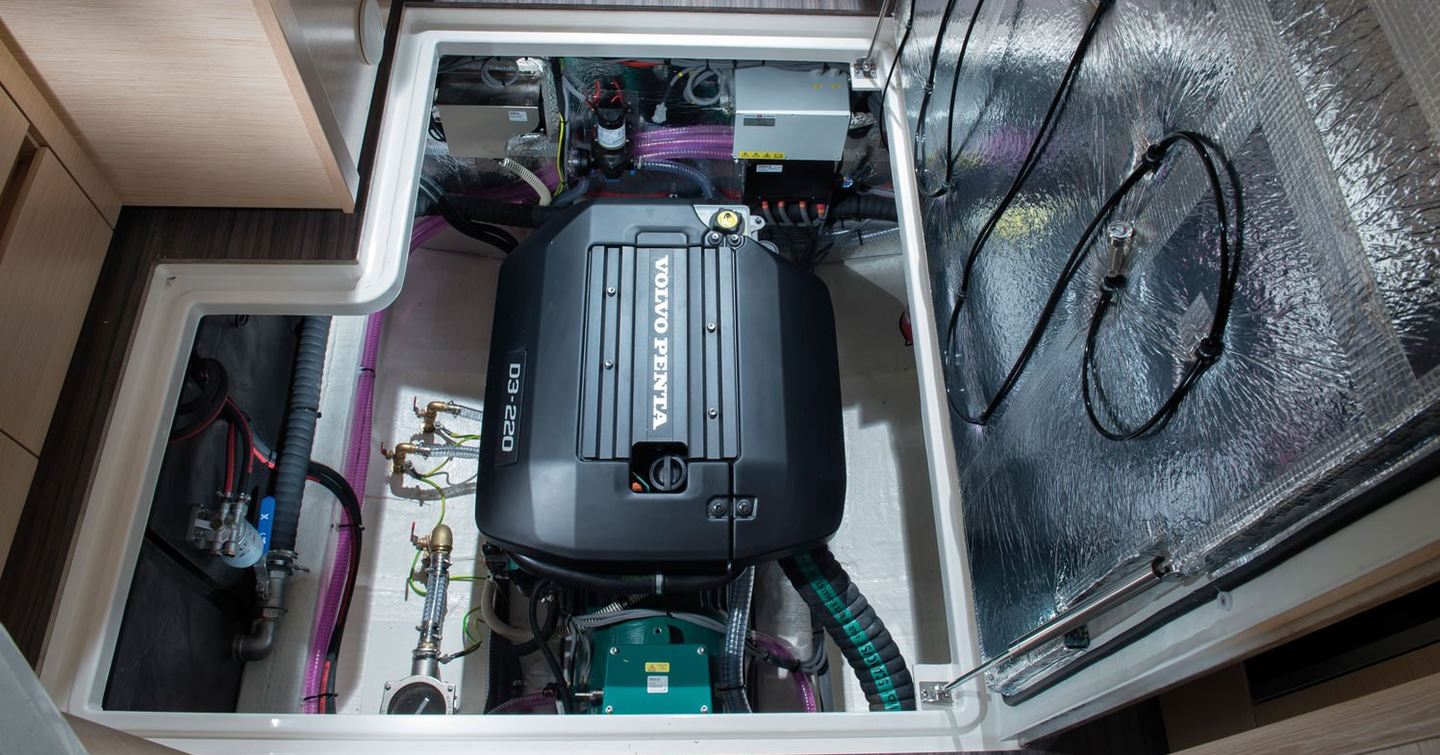
Single Engine Considerations
Pros
- Cheaper to purchase
- Enhanced efficiency
- Lower maintenance costs
Cons
- Reduced performance
- No backup engine
- Less maneuverability
How Much Power do you Need?
Single or twin-engine installations aside, you must ensure that the basic engine option (or any option for that matter) delivers the performance you require. Will the propulsion system be capable of propelling the yacht to a suitable top speed? Or more importantly, will the engine deliver a usable range at cruising speeds?
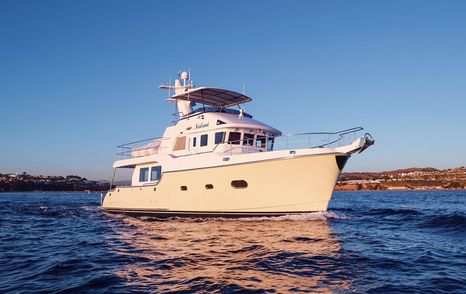
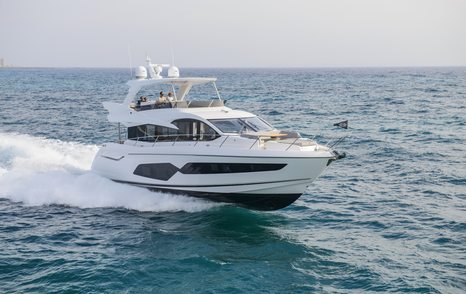
If the standard engine's top speed appears close to your minimum performance requirements, this could be a concern. Once a yacht is fully equipped, provisioned and fuelled, performance can drop considerably.
Before making an engine purchase, these basic requirements should always be checked and verified by the manufacturer for peace of mind.
Cruising Speed
Top speeds are hugely important (not only for bragging rights) but because they also dictate the cruising range and speeds at which your yacht will operate over longer periods and distances.
While using your engine's maximum RPM can be fun, it is important to determine a cruising speed that is comfortable for your yacht, guests, and crew. Depending on the vessel type, this can range from slower speeds with more efficiency, to faster cruising speeds with less efficiency.
If you plan to cover long distances at a decent cruising speed, your chosen engine must deliver. This is due to performance figures dropping by approximately 10 to 15% once the vessel is fully loaded.
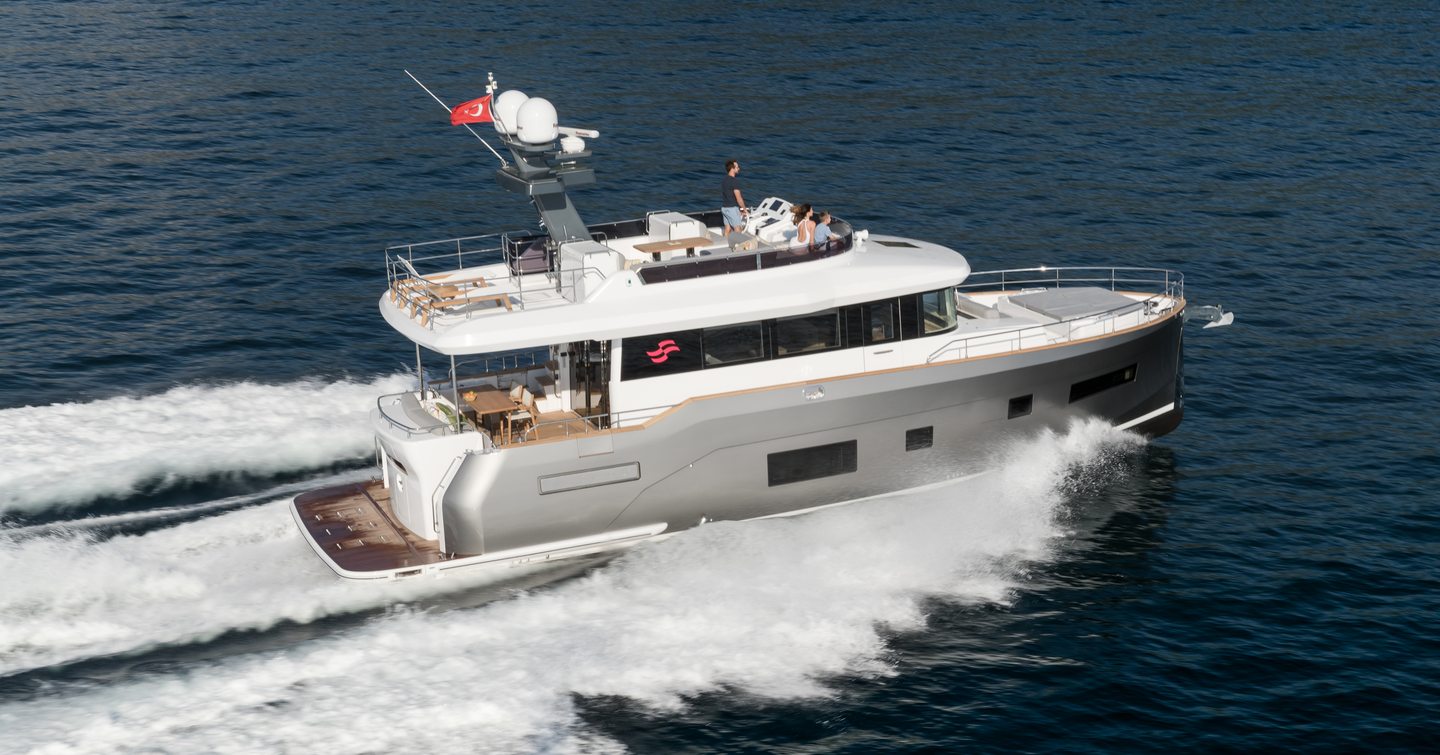
Performance Ranges for a 15m Planing Yacht
| Max RPM | 30 knots |
| Fast Cruising | 25 knots |
| Slow Cruising | 20 knots |
| Eco Cruising | 12 knots |
Distances covered at cruising speeds
| 12 knots | 50 mins |
| 20 knots | 30 mins |
| 25 knots | 24 mins |
| 12 knots | 100 mins |
| 20 knots | 60 mins |
| 25 knots | 48 mins |
| 12 knots | 4hrs 10mins |
| 20 knots | 2hrs 30mins |
| 25 knots | 2hrs |
Should I Choose a More Powerful Engine Option?
While cruising speeds are key, a larger and more powerful engine can deliver real, tangible benefits for a motor yacht. Bigger engines, for example, can result in longer cruising ranges while also delivering enhanced efficiency by running the engine at a lower RPM for any given speed. Put simply, less fuel is used and the engine lifespan can be extended.
Comparatively, if a smaller engine is operating on or near its' maximum RPM, it will use more fuel and vital components will wear out faster than usual.
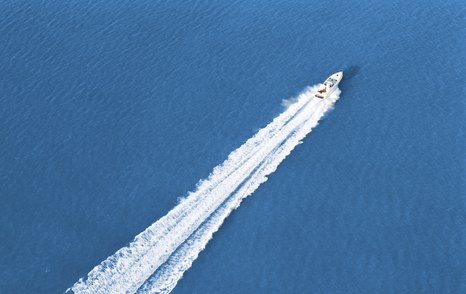
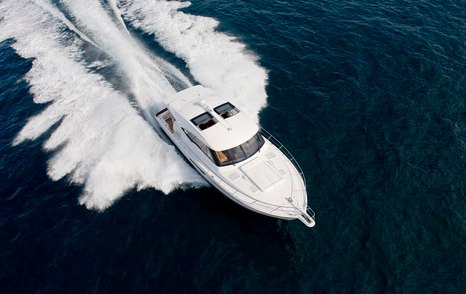
Power-to-Weight
While engines are rated by horsepower (hp), the weight of the propulsion system in comparison to its power can often be overlooked. Larger, more powerful engines can have a huge effect on the overall displacement of the yacht, so knowing a specific engine's weight can be highly beneficial.
In certain cases, selecting and paying for an uprated engine might not be the best option if the weight gain is considerable. These higher specification engines may produce more power, but due to their larger mass and size, some or all of the performance gains can be affected. To ensure this doesn't happen, read the full engine specifications provided by the manufacturer.
Fuel Efficiency
Power-to-weight ratios will always affect efficiency, but so will other factors such as a vessel's onboard technology and design.
It is always worth comparing the fuel efficiency of similar engines to ensure you make the right choice. Many engine manufacturers publish fuel consumption figures, while yacht manufacturers will have conducted comprehensive performance tests of their vessels with different engines fitted.

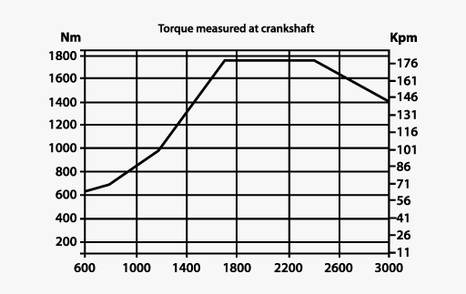
Value for Money
Ultimately, value for money boils down to a range of factors. This includes the performance provided by the engine when fitted to your yacht, the engineering quality of the propulsion system, the after-sales support, and the brand's reputation.
In addition to value for money, does the engine choice make sense financially? If a higher specification engine delivers slightly enhanced performance at a considerable cost, is the extra outlay worth it?
Put simply, probably not. In terms of cruising economy versus engine cost, the average engine hours for a 10m-20m yacht in Europe and North America is approximately 50-100 hours per year, meaning it could take many years to gain back your additional financial outlay through fuel cost savings.
Local Support Networks
Servicing and after-sales support are hugely important when choosing an engine. Sometimes, local cruising grounds are not well supported by certain manufacturers but are by others.
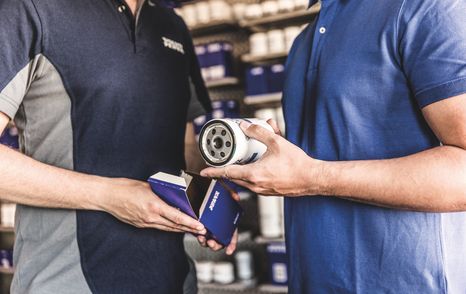

Often, service engineers can travel out to your mooring, fine for scheduled servicing, but less useful if a sudden issue arises. As a result, select an engine manufacturer that is nearby to your mooring or area of intended use.
Resale Value
Thinking about resale value before even buying a yacht might seem odd, but vessels equipped with a higher engine specification can sometimes be more sought after than their less powerful counterparts due to performance and reliability characteristics.
If you are considering purchasing a performance vessel such as a sports yacht, you may be happy with a top speed of approximately 30 knots, but the next buyer may expect more.
